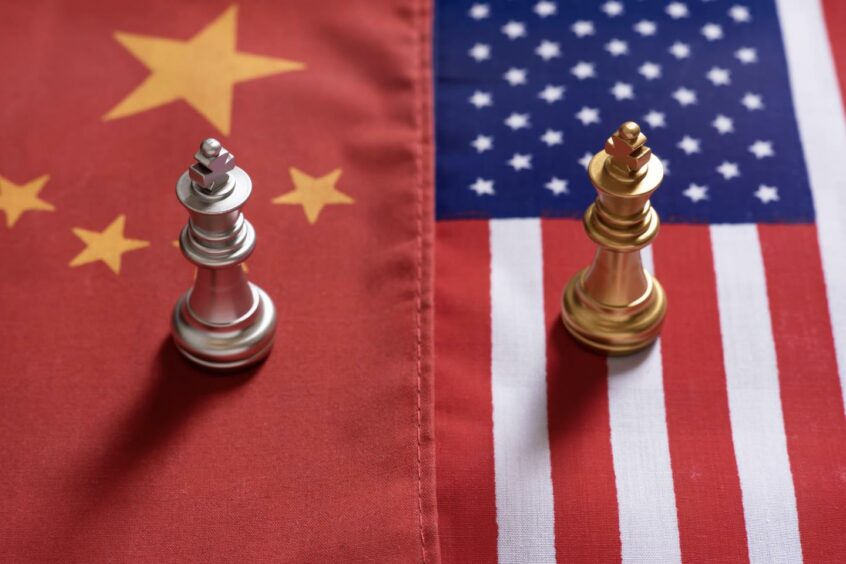
China, which has overtaken Japan as the world’s largest buyer of liquefied natural gas (LNG), needs more supply deals to meet surging domestic gas demand. This offers US exporters, such as Cheniere (NYSE:LNG), a significant opportunity, especially as trade tensions ease.
In recent weeks, numerous LNG supply contracts have been signed by China with US LNG export projects. Indeed, as analysts at Macquarie point out, the barriers preventing the natural marriage of low cost and flexible US shale gas supply with China, the world’s largest and structurally growing LNG consumer, appear to have been overcome and more deals should follow. These contracts should allow a third wave of US LNG projects to move into the construction phase, reckons Macquarie.
Significantly, with abundant low-cost shale resources, LNG from the US costs less than almost anywhere else in the world, with Qatar perhaps the exception, therefore the US should increase its share of the Chinese market, added the bank.
Analysts at investment research house Bernstein also expect China to buy more US LNG and Qatar will also be a source of additional supply. China has 75 million tonnes per year (t/y) of LNG imports contracted out to 2030, which implies deals need to be done for another 28 million t/y, estimated Bernstein.
China’s gas demand is expected to expand from 370 billion cubic metres (cm) this year to 600 billion cm in 2030, according to data from Bernstein. “China’s gas demand is primarily driven by urbanisation, industrialisation and low carbon/clean air policies, which encourage coal to gas switching,” noted Bernstein.
China will need more LNG imports to help meet this rising demand.
In Bernstein’s base case, China’s LNG imports will expand from 79 million t/y in 2021 to 103 million t/y in 2030. Its upside case sees LNG imports widening to 125 million t/y by 2030 if pipeline import projects do not progress as expected. However, on the downside, Bernstein expects LNG imports could plateau in the coming years to around 91 million t/y by 2030 if domestic gas production expands faster than expected.
The research house also believes that LNG represents a way to close the trade balance between the US and China. This will create opportunities for established LNG exporters in the US, such as Cheniere. “While the incremental volumes from China help, the volumes China can buy are still a lot smaller than the long list of projects proposed in the US, which are likely to leave some of the smaller LG players disappointed,” said Bernstein.
US LNG export capacity currently stands at 77 million t/y, which is comparable to Qatar and Australia, yet there is already another 30 million t/y of export capacity under development, noted Macquarie. US LNG projects being developed as part of a second wave include Golden Pass, Calcasieu Pass and Sabine Pass T6. Macquarie currently estimates potential final investment decisions (FIDs) for another 35 million t/y of capacity in a third wave, which includes Corpus Christi mid-scale T4-10 (9.5 million t/y), Plaquemine (10 million t/y), Driftwood (10 million t/y) and Freeport T4 (5.1 million t/y).
“The recent contracts between Sinopec and Venture Global (3.8 million t/y for three years and 4 million t/y for 20 years) and ENN with Cheniere (0.9 million t/y) have reignited the possibility of China becoming a material buyer of US LNG. While this has always seemed logical, geopolitical strains have so far stymied any major contracts being signed. Given the large number of possible US projects, a détente in energy relations between China and US could have a material impact on US LNG projects,” said Bernstein.

